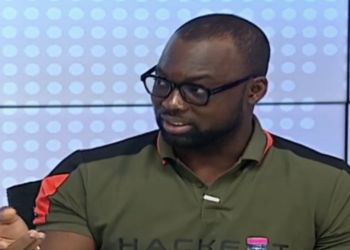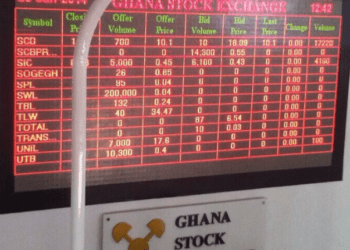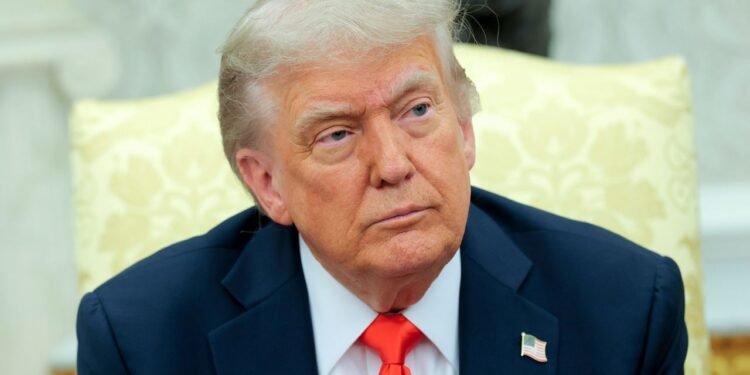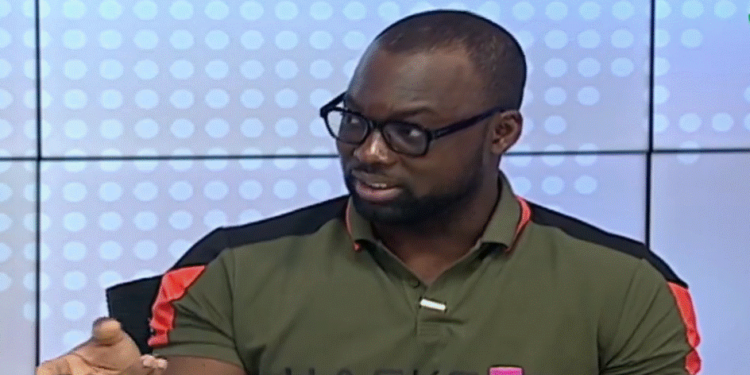Poles have commenced voting in a decisive presidential run-off that could have a major impact on the nation’s future role in the European Union.
Polling began at 7am local time (05:00 GMT), with pro-EU Warsaw Mayor Rafal Trzaskowski from the centre-right Civic Platform of the governing Civic Coalition facing off against conservative historian Karol Nawrocki, who is backed by the right-wing Law and Justice (PiS) party.
The run-off follows a tightly contested first round on May 18, 2025, in which Trzaskowski won just more than 31 percent, and Nawrocki won nearly 30 percent, eliminating 11 other candidates.
Trzaskowski, the 53-year-old son of a famous jazz musician, has promised to restore judicial independence, ease abortion restrictions and promote constructive ties with European partners.
Trzaskowski, the Oxford-educated Warsaw mayor since 2018 who previously held ministerial posts and served in the European parliament, sought to project himself as a safe pair of hands to work with the government on implementing progressive reforms.
On the other hand, Nawrocki, a 42-year-old former boxer, who is favoured by United States President Donald Trump, has positioned himself as a defender of traditional Polish values, and is sceptical of the EU.
Nawrocki is new to politics. Since 2021, he has led the Institute of National Remembrance, a state research institute with public prosecution powers investigating historical crimes against Poland.
Amid rising security fears over Russia’s war on Ukraine, both the candidates support aid to Kyiv, though Nawrocki opposes NATO membership for neighbouring Ukraine, while Trzaskowski supports it.
The two candidates have taken a similarly hardline approach to immigration, both using anti-Ukrainian rhetoric, building on growing resentment among Poles who see themselves as competing for strained social services with 1.55 million Ukrainian war refugees and migrants.
While Trzaskowski has proposed that only working Ukrainians should have access to the country’s child benefit, Nawrocki has gone further, saying he would also be against Ukraine joining NATO or even the EU.
In the final days of the campaign, both candidates sought to court voters of candidates knocked out in the first round and mobilise their supporters, with analysts stressing that less than 200,000 votes could decide the outcome of the race.
Polls showed the difference between the two candidates to be within the margin of error, making it the closest election in Poland’s post-1989 history.
Run-off Votes To End At 9pm Local Time
Polls close at 9pm local time (19:00 GMT) when an exit poll is expected.
However, the race is expected to be too close to call, with the focus shifting to late polls and official results dripping in overnight.
Ben Stanley, an Associate Professor at SWPS University in Warsaw, said, “The outcome is impossible to predict – there are too many moving parts, and even the slightest change on the day could tip the balance.”
Final results are likely to be announced on Monday.
The winner will succeed incumbent Andrzej Duda, the outgoing nationalist conservative President who was also backed by PiS and blamed for holding up justice reforms by using his veto against Prime Minister Donald Tusk’s centrist government.
The campaign has highlighted stark ideological divides, with the outcome expected to determine whether Poland continues along a nationalist path or pivots more decisively towards liberal democratic norms.
While the role of the Polish President is largely ceremonial, it carries some influence over foreign and defence policy and a critical power to veto new legislation.
This can only be overturned with a majority of three-fifths in parliament, which the current government does not have.
At stake is whether Tusk’s government will be able to make progress on its electoral promises on the rule of law and social issues, including abortion and LGBTQ rights, after 18 months of difficult cohabitation with the opposition President, Andrzej Duda.
READ ALSO: Finance Minister Touts Fiscal Discipline, Goldbod’s Role in Driving Economic Stability



















